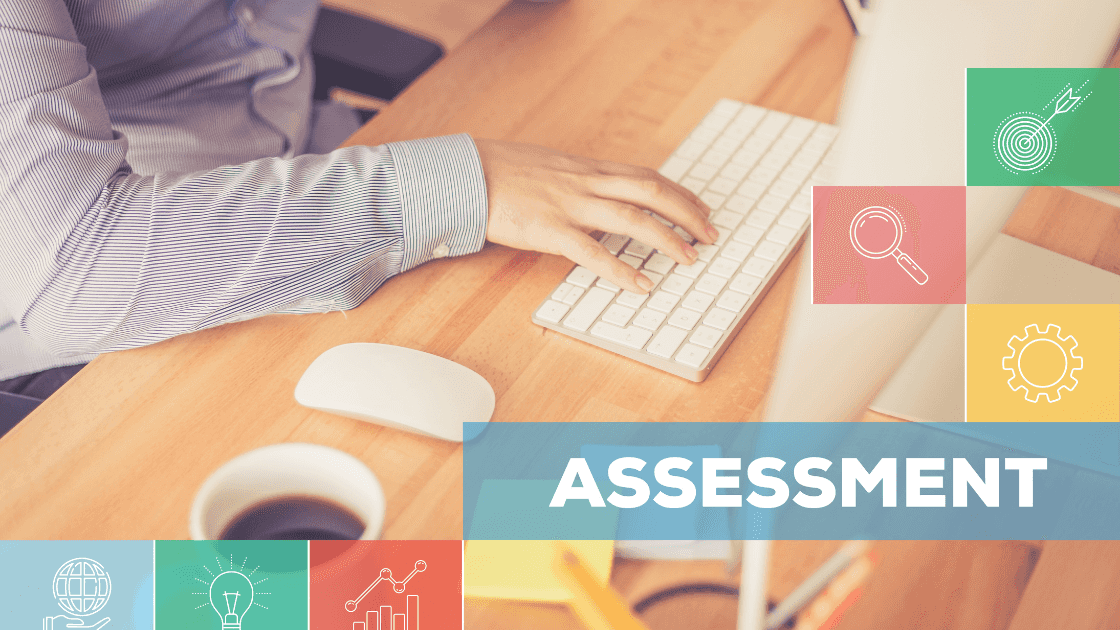In today's dynamic business landscape, performance assessment stands as a crucial aspect of organizational growth and development. Employers are constantly seeking innovative tools to evaluate and enhance the productivity and efficiency of their workforce. This article delves into a comprehensive overview of performance assessment tools examples that are revolutionizing the way businesses measure employee performance.
1. 360-Degree Feedback Systems
One of the most widely recognized performance assessment tools is the 360-degree feedback system. This tool gathers feedback from multiple sources, including peers, supervisors, and subordinates, providing a holistic view of an individual's performance. By incorporating diverse perspectives, organizations can gain valuable insights into an employee's strengths and areas for improvement.
2. Key Performance Indicators (KPIs) Dashboard
A KPI dashboard is an essential tool for monitoring and evaluating performance against predefined metrics. These metrics, known as Key Performance Indicators (KPIs), enable organizations to track progress toward strategic objectives. By visualizing data in real-time, stakeholders can make informed decisions and identify areas requiring attention to drive performance improvement.
3. Performance Management Software
In today's digital age, performance management software has become indispensable for organizations seeking to streamline their performance assessment processes. These software solutions offer features such as goal setting, progress tracking, and performance reviews, all accessible through user-friendly interfaces. By automating administrative tasks and centralizing data, organizations can optimize their performance assessment workflows and foster a culture of continuous improvement.
4. Behavioral Assessment Tools
Behavioral assessment tools provide insights into an individual's behavioral tendencies, personality traits, and communication styles. By understanding how employees interact with others and approach tasks, organizations can tailor their performance assessment strategies to support individual development and team dynamics. These tools often utilize psychometric assessments and behavioral interviews to gather data for analysis.
5. Peer Review Platforms
Peer review platforms facilitate the exchange of constructive feedback among colleagues, promoting a culture of transparency and collaboration. By empowering employees to provide and receive feedback in real time, these platforms contribute to ongoing performance assessment and development. Features such as anonymity and customizable feedback criteria ensure that reviews are fair, objective, and conducive to growth.
6. Continuous Feedback Applications
Continuous feedback applications enable regular, real-time feedback exchanges between employees and their supervisors. Unlike traditional annual performance reviews, which can be infrequent and retrospective, these applications promote ongoing performance assessment and course correction. By fostering open communication channels, organizations can address issues promptly, recognize achievements, and support employee development.
7. Artificial Intelligence (AI) Analytics
Artificial Intelligence (AI) analytics tools leverage machine learning algorithms to analyze vast quantities of data and identify patterns and trends related to employee performance. By mining data from various sources, such as performance reviews, attendance records, and project outcomes, these tools can uncover actionable insights to inform performance assessment strategies. AI-driven predictive analytics also enable organizations to anticipate future performance trends and proactively address potential challenges.
8. Gamified Assessment Platforms
Gamified assessment platforms utilize game mechanics and interactive elements to engage employees in the performance assessment process. By transforming performance assessment into a fun and immersive experience, these platforms increase participation and motivation. Leaderboards, badges, and rewards incentivize employees to strive for excellence and continually improve their performance.
9. Skills Assessment Tests
Skills assessment tests evaluate employees' competencies and proficiency levels in specific areas relevant to their roles. These tests may encompass technical skills, soft skills, and domain-specific knowledge, providing valuable insights into individual strengths and development needs. By aligning performance assessment with skill development initiatives, organizations can ensure that employees possess the capabilities required to excel in their roles and contribute to overall organizational success.
10. Predictive Analytics Models
Predictive analytics models forecast future performance based on historical data and statistical algorithms. By analyzing factors such as past performance, training outcomes, and demographic trends, these models can anticipate potential bottlenecks, identify high-performing talent, and optimize resource allocation. By leveraging predictive analytics, organizations can make data-driven decisions to enhance performance assessment and strategic workforce planning.
Conclusion
In conclusion, the performance assessment landscape is evolving rapidly, driven by technological advancements and shifting organizational priorities. By embracing innovative tools and methodologies, organizations can enhance their performance assessment processes, foster employee development, and achieve sustainable growth. Whether leveraging 360-degree feedback systems, AI analytics, or gamified assessment platforms, the key is to adopt a holistic approach that considers the diverse needs and aspirations of employees. By investing in performance assessment tools and practices, organizations can unlock the full potential of their workforce and thrive in today's competitive business environment.
Further Reading
OKRs for Startups: A Pathway to Achieving Success
OKRs VS SMART Goals for Startups: Making the Right Choice for Effective Goal-Setting
From Strategy to Reality: The Steps to Successful OKR Implementation for Business Growth
Ready to find out more?

